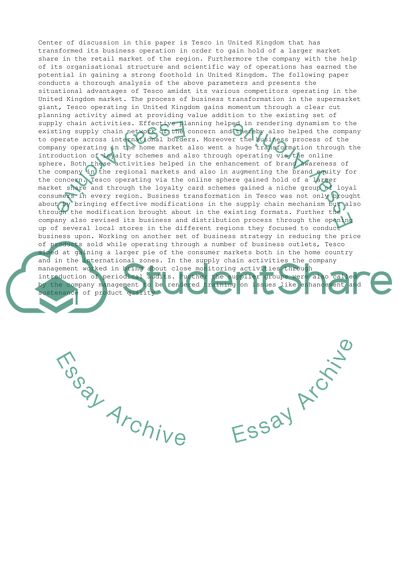Cite this document
(“An analytical understanding of the operational situation of Tesco Coursework”, n.d.)
Retrieved from https://studentshare.org/management/1395793-an-analytical-understanding-of-the-operational-situation-of-tesco
Retrieved from https://studentshare.org/management/1395793-an-analytical-understanding-of-the-operational-situation-of-tesco
(An Analytical Understanding of the Operational Situation of Tesco Coursework)
https://studentshare.org/management/1395793-an-analytical-understanding-of-the-operational-situation-of-tesco.
https://studentshare.org/management/1395793-an-analytical-understanding-of-the-operational-situation-of-tesco.
“An Analytical Understanding of the Operational Situation of Tesco Coursework”, n.d. https://studentshare.org/management/1395793-an-analytical-understanding-of-the-operational-situation-of-tesco.


